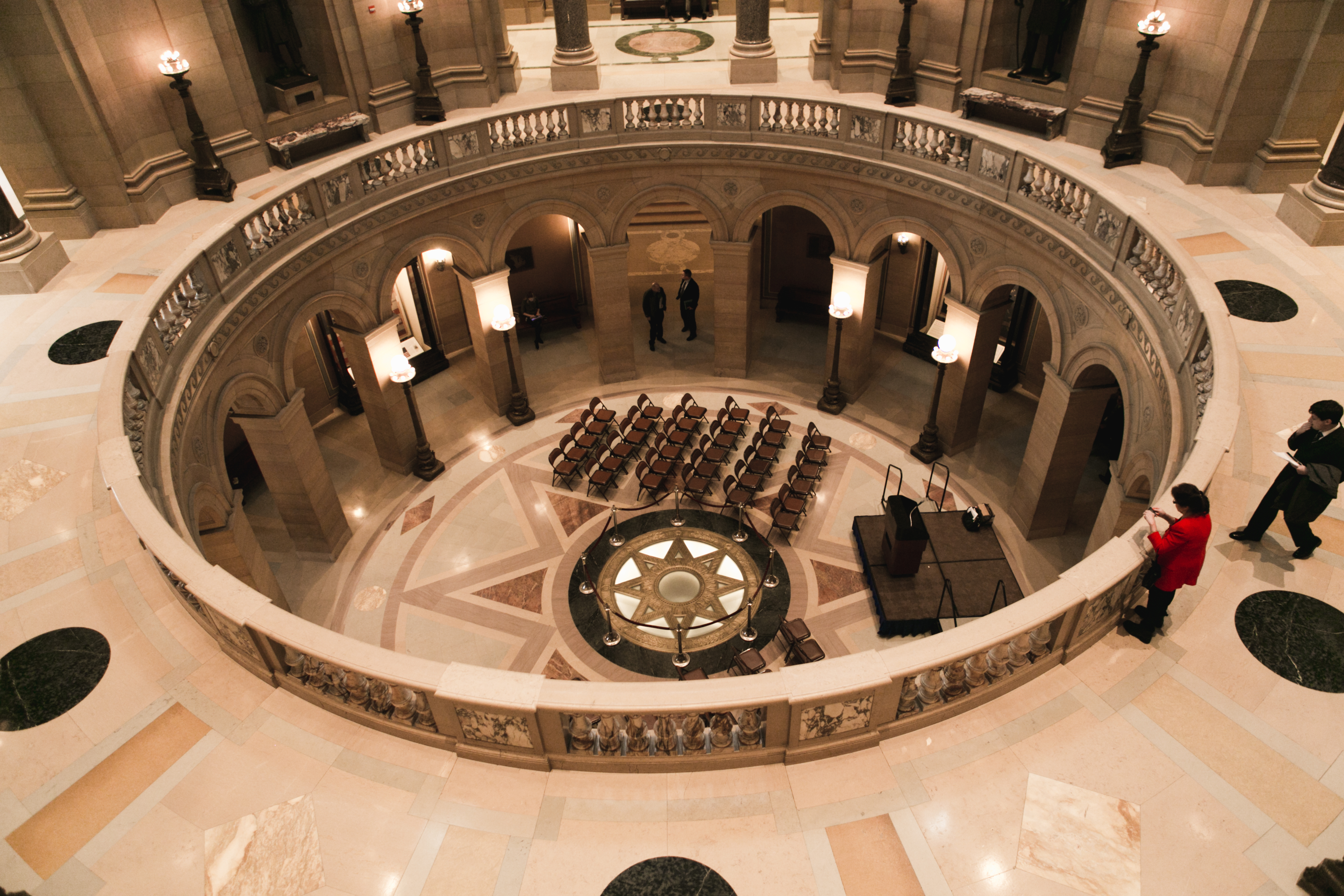Minnesota announced today a projected deficit of $188 million for the current biennium, which ends on June 30, 2019. The forecast also shows a projected negative balance of $586 million for the 2020-21 biennium.
The 2018-19 shortfall of $188 million grows to $302 million assuming the legislature will re-pass the operating budget that Gov. Mark Dayton line-item vetoed last summer. Governor Dayton has since said he will sign the operating budget into law if and when they present it to him next session.
The annual budget and economic forecast comes from the Minnesota Management and Budget (MMB). “Today’s forecast is a reality check,” MMB Commissioner Myron Frans said.
MMB officials noted that the projected deficits are due to a reduced U.S. economic growth forecast and impacts of enacted legislation during the 2017 session. They cite unknowns in federal policy as creating significant risk for this forecast. MMB officials and Governor Dayton said they will have more sound information in the February forecast to make decisions on.
Impact on E-12 Spending
The forecast does show a $121 million increase in E-12 spending for the current biennium. This is a 0.6 percent increase on $19 billion budget base. It is due to increases in special education funding, based on larger special education enrollments and spending. The special education trend continues into the next biennium.
The forecast also shows room in the state’s debt service that would allow for an $800 million bonding bill in 2018. The state budget reserve is still at a healthy level of $1.6 billion. These reserve funds could be used by the Governor to close any deficit that remains if he and the legislature are unable to come to terms next session.
Legislative Response
GOP legislative leaders responded to the forecast news with skepticism and said it was obsolete on arrival. They noted that even Governor Dayton said we need to wait until the February forecast to see what actually emerges at the federal level by way of tax cuts and children’s health insurance (CHIPs) funding that have been promised.
They also noted that the forecast assumption of GDP growth in the mid to low 2 percent range does not reconcile with the last two fiscal quarters showing GDP growth above 3 percent.
Despite the different spin and perspectives from each camp, they all seemed to agree that we need to wait and see what Congress does at the end of this year and what exactly the February budget forecast shows.





